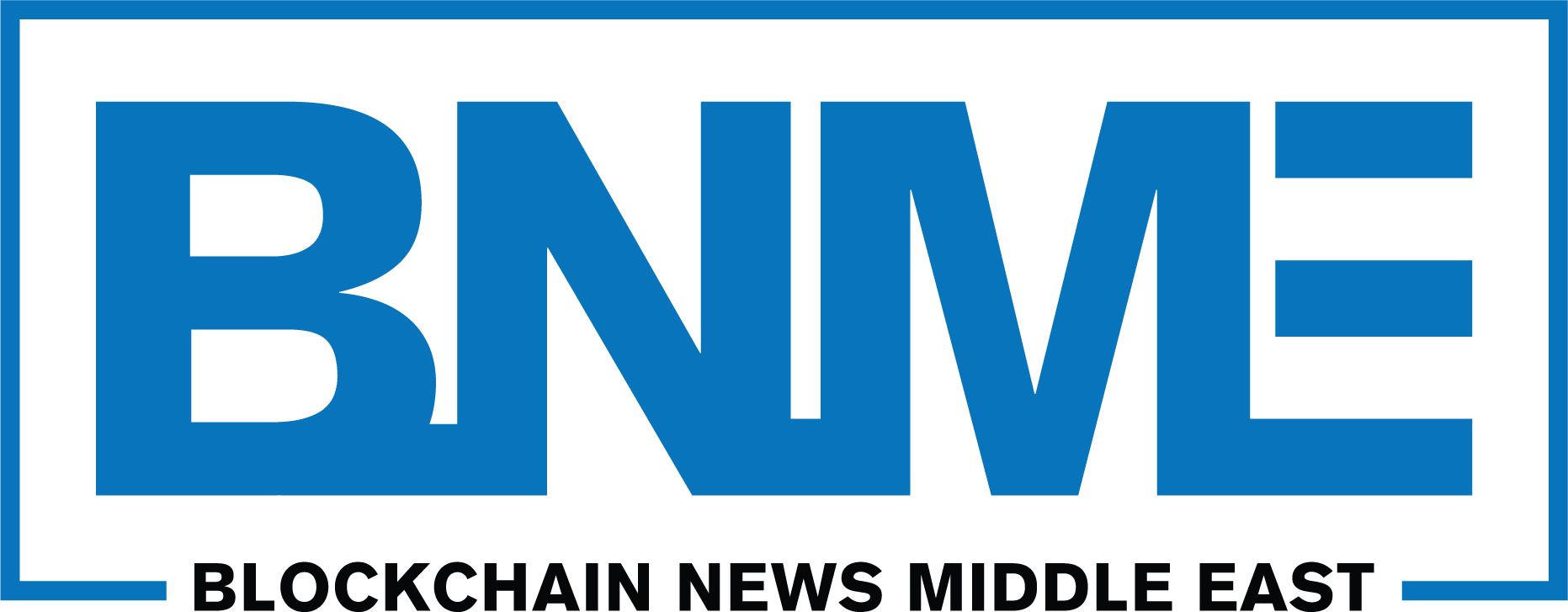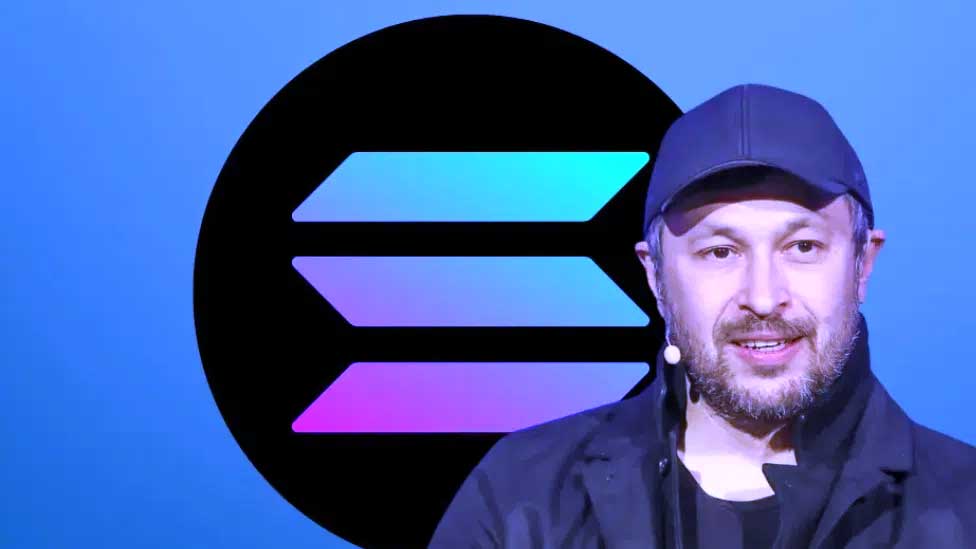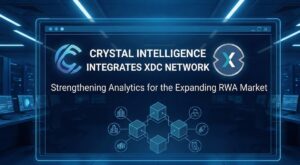May 2025 — In a tweet that has sparked intense discussion across the crypto community, Solana co-founder Anatoly Yakovenko—widely known as “Toly”—has proposed a novel approach to blockchain interoperability: a “Meta Blockchain.”
The idea is both bold and deceptively simple. Rather than locking into one blockchain for data availability, Toly suggests that users and developers should be able to post data on any chain—be it Ethereum, Celestia, or Solana—and then consolidate all that information into a single, verifiable history using a common merging rule.
“There should be a meta blockchain,” Yakovenko tweeted. “Post data anywhere… and use a specific rule to merge data from all the chains into a single ordering. This would actually allow the meta chain to use the cheapest currently available DA offer.”
In essence, the Meta Blockchain would act as a protocol-level coordination layer, not a standalone network. A transaction on Solana, for example, could include block headers from Ethereum and Celestia, demonstrating provable ordering relative to those chains without the need for centralized authority or new infrastructure.
A Decentralized Twist on Interoperability
The concept caught the attention of developers, including one who proposed a torrent-style, peer-to-peer system where users earn rewards by “seeding” historical multi-chain data—similar to how BitTorrent operates.
“What if the meta chain was actually a P2P node/seeder network?” suggested developer Belac. “It could solve the history problem and make the whole thing community-run.”
Toly, however, emphasized a different vision. Rather than introducing a new network architecture, he advocates for a globally agreed-upon merge rule that operates atop existing blockchains—streamlining rather than complicating the ecosystem.
“Then it’s a totally different thing,” he replied. “The point is to just use a globally agreed upon merge rule and not run any network yourself.”
Why It Matters
If realized, the Meta Blockchain could significantly simplify development in an increasingly modular blockchain landscape. Today, many projects already decouple execution, consensus, and data layers. Toly’s proposal fits squarely within that ethos but aims to reduce friction by offering a unified, cost-optimized data availability mechanism.
For developers juggling cross-chain deployments, the ability to write once, post anywhere, and reference a single, ordered history would be revolutionary. It could also provide a lightweight solution for rollups, aggregators, and dApps requiring efficient cross-chain data verification.
Still Just a Tweet—For Now
At this stage, the Meta Blockchain remains an idea—no whitepaper, no GitHub repository, and no testnet in sight. But in the fast-moving world of Web3, many major innovations have started with nothing more than a tweet.
As blockchain ecosystems continue to evolve toward interoperability and cost efficiency, Yakovenko’s proposal may well inspire the next wave of cross-chain infrastructure innovation. Whether it materializes as a protocol upgrade, a new standard, or a grassroots developer experiment, the Meta Blockchain idea has already planted a seed worth watching.




























